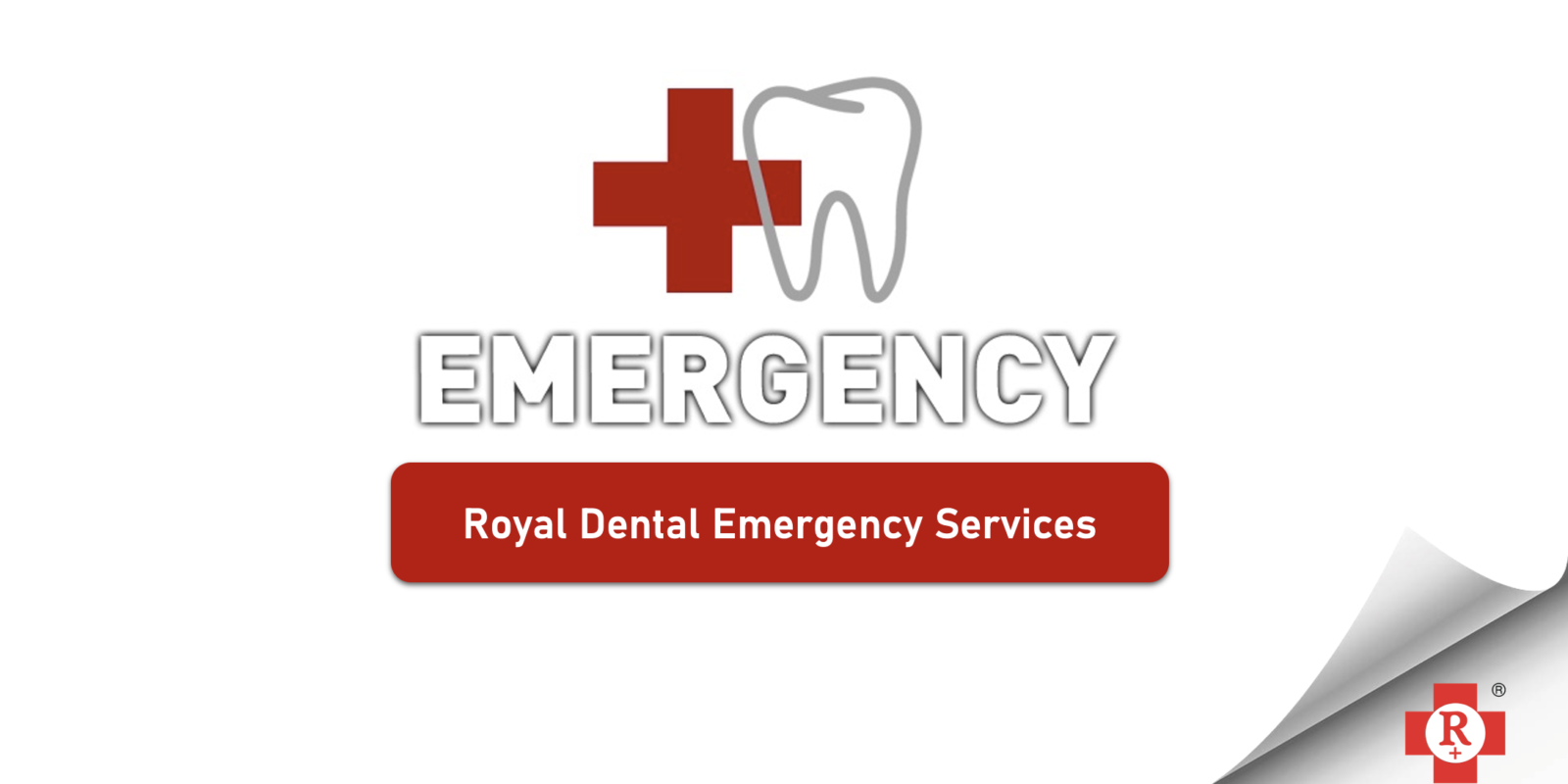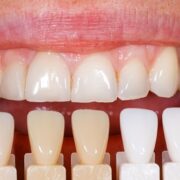Dental emergencies can be a tough experience. It is important to remain calm and know what to break tooth your dentist. Knowing how to respond to common dental emergencies is an essential part of maintaining good oral health. Fortunately, there are easy steps you can take to provide first aid and reduce the pain caused by dental emergencies. This article will provide you with the basics of common dental emergencies and the first aid you need to provide. By understanding the signs and symptoms.
Definition of a Dental Emergency
A dental emergency is any sudden, painful, or serious oral health issue that requires immediate attention. Depending on the severity of the issue, a dental emergency may lead to complications such as tooth loss, an abscess, or an infection that spreads to your blood (sepsis).
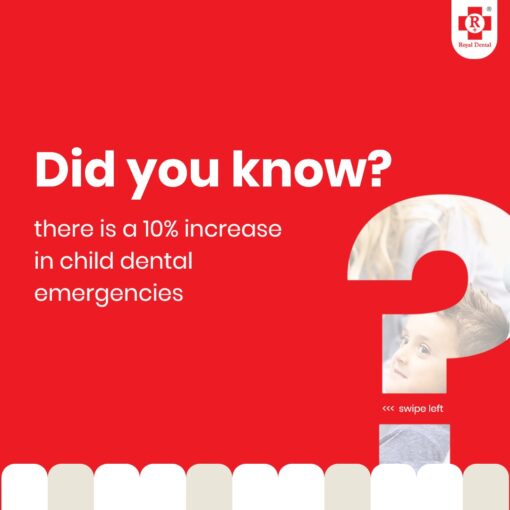
For example, a toothache is a common dental emergency, as it is a sign of tooth decay. In rare cases, a dental emergency can be a sign of a life-threatening condition.
Causes of common dental emergencies
Fractured tooth: This type of tooth damage is usually caused by a fall, collision, or sports injury.
A ruptured filling or crown: This is caused by biting or chewing on something hard, or a fall that puts pressure on the tooth.
Broken or knocked-out tooth: This can occur as a result of biting or chewing too hard on something hard, such as a piece of hard candy, a nut, or an ice cube.
A toothache: Toothaches are the most common dental emergencies.

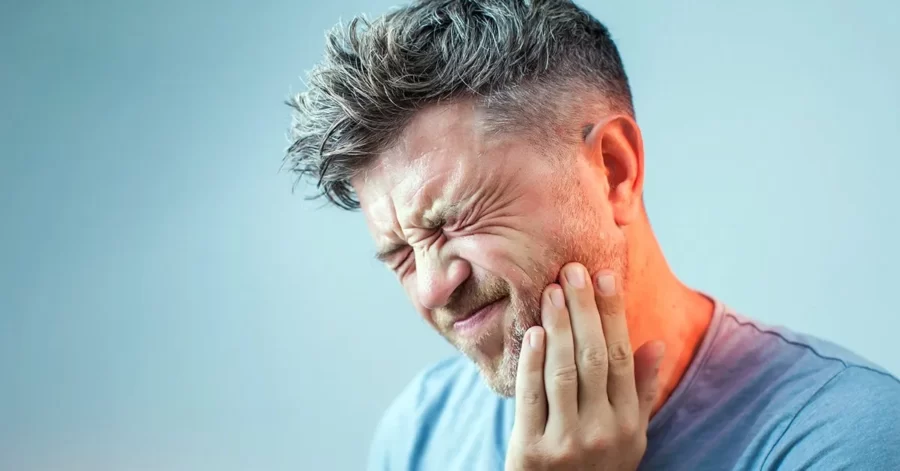

A tooth that has been knocked out: If a tooth has come out completely, the immediate action is to stop chewing, keep your mouth as wide open as possible, and rinse the area with cold water (don’t put the tooth back in your mouth).
Sudden onset of very high fever and/or a headache: These can be signs of a bacterial infection, such as tonsillitis or a tooth infection.
Dislocated jaw: The bones in your jaw move against each other to allow you to open and close your mouth.
Signs and symptoms of common dental emergencies
- Toothache – Toothache indicates that there is an infection in the tooth or gum tissue. Common causes of toothache include a cavity, a broken tooth, a cracked tooth, or gum disease.
- A broken or knocked-out tooth – A broken tooth usually causes gagging, bleeding, and a large amount of pain.
- A dislocated jaw – Your jaw may dislocate if you have been hit in the face and your mouth has snapped shut. This will likely cause your jaw to be out of place and have limited movement.
- A fractured tooth – A fractured tooth is usually sharp, irregular in shape, and very painful.
- A ruptured filling or crown – If a filling or crown has come out, the surrounding area will be sensitive and may be visible.
- A tooth that has been knocked out – If a tooth has been knocked out, the area will be sensitive, you will likely gag, and the tooth may be visible.
- Sudden onset of very high fever and/or a headache – If you notice that your temperature is unusually high or you have a headache, this may be a sign of a bacterial infection.
First aid for common dental emergencies
- Toothache: Rinse your mouth with warm water and salt to reduce irritation, and apply an ice pack to the area. If the pain is severe (a three on a scale of one to ten) you should seek emergency dental care.
- A broken or knocked-out tooth: Do not put the tooth back in your mouth. Rinse out the tooth and put it in a cup of cold water. If you cannot find the tooth, go to the dentist immediately.
- A dislocated jaw: Open and close your mouth as normally as possible. If the joint is out of position, your dentist will put it back into place.
- A fractured tooth: You will likely need to see your dentist as soon as possible. Treatment may involve removing or replacing the tooth.
- A ruptured filling or crown: Consult your dentist to see if the filling or crown needs to be replaced.
- A tooth that has been knocked out: Put the tooth in a cup of cold water and rush to your dentist.
When to seek professional help for dental emergencies?
If the issue has not resolved itself within a few hours, or if the symptoms worsen, you should see a dentist. If your symptoms become more serious or you develop new symptoms such as a high fever, you should go to the dentist as soon as possible. While waiting for dental assistance, you should take the following precautions to avoid spreading the infection:
- Don’t chew gum or put anything in your mouth.
- Don’t share eating utensils or cups with others.
- Avoid touching your teeth as much as possible.
- Avoid smoking or drinking alcohol.
- Avoid sleeping with your mouth open.
- Gargle with salt water and/or use mouthwash to prevent infection.
Prevention of Dental emergencies
- Use over-the-counter painkillers to reduce pain and swelling and gargle with salt water or warm salt water to alleviate pain.
- Rinse your mouth with warm water and salt to clean the area.
- If your tooth has been knocked out, put it in a cup of warm water until you get to the dentist’s office.
- If you have a fractured tooth, rinse the area and put your tooth in a cup of cold water until you get to the dentist.
- If you have a toothache, rinse the area and take an over-the-counter painkiller.
Tips for managing dental emergencies
- Brush your teeth twice a day for two minutes, floss daily, and visit your dentist regularly.
- Use a soft-bristled toothbrush, and replace it every three months.
- Avoid excessive intake of sugary foods, as they promote tooth decay and bacteria.
- Avoid excessive intake of caffeine and alcohol, as they increase acidity in the mouth and promote tooth decay.
First Aid for Dental Emergencies
First aid for dental
Such emergencies often involve reducing pain and swelling and finding any chips or knocked-out teeth so that they can be inserted back into the mouth. Many dentists also recommend creating a dental first aid kit. This is similar to the general first aid kits that you may keep in your home and car.
Knock out tooth
For a knocked-out permanent or adult tooth, keep it moist at all times. If you can, try placing the tooth back in the socket without touching the root. If that’s not possible, place it in between your cheek and gums, in milk, or use a tooth preservation product that has the ADA Seal of Acceptance. Then, get to your dentist’s office right away. If the tooth is a baby tooth, the best thing to do is find the tooth, keep it moist and get to a dentist. Your dentist can see whether the entire tooth or just part of it, came out. Your dentist can also determine whether to implant it again. If it is an adult tooth, follow the steps.

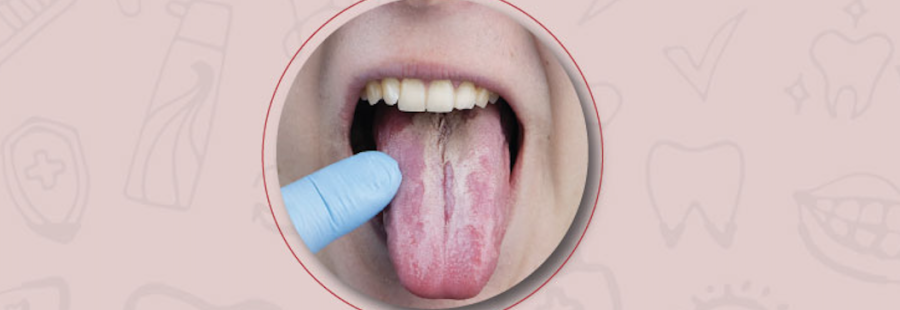
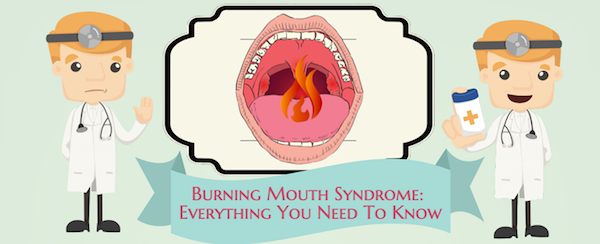
Mouth Injuries
If your gums are bleeding, then one of the best ways to prevent further damage is to visit your dentist. Rinsing out your mouth with clean water, adding an ice pack, and taking painkillers will help soothe the pain. But if left untreated, the pain will worsen and cause further problems.
Injury to Jaw, Tongue, Mouth
If you’ve hurt your jaw, tongue, or mouth, you must see your dentist right away to make sure that you haven’t caused any nerve damage to your teeth. Your dentist will take a series of X-rays to make sure that you haven’t developed any issues. If you have a dental injury, don’t worry! Keep calm and contact your emergency dentist. Royal Dental Care offers a full range of cosmetic and restorative services to keep your smile beautiful.
Types of dental emergency treatments
- Treating a toothache: A toothache is mostly caused by gum disease, which can be treated with antibiotics. If there is underlying tooth decay, you may need to see a dentist to remove the infected tooth.
- Treating a broken or knocked-out tooth: If your tooth can be saved, you may need to see a dentist to receive a procedure. Otherwise, you may need to see a dentist to replace your tooth with a dental implant.
- Treating a ruptured filling or crown: If the filling or crown has come loose, you may need to see a dentist for treatment.

